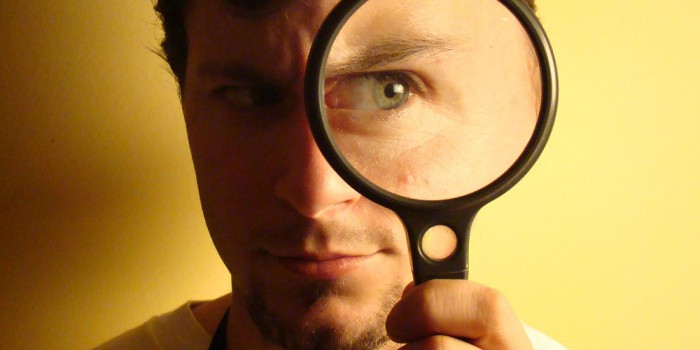Learning from Bus Buddhists
In psychological terms, context is almost everything. Much as we like to think that we know how we will act and react in a given situation, without the richness of...
“Of Course the Research was Right!”

It’s more than a little ironic: as a consultant helping organisations understand the psychology of their customers better, my biggest challenge is navigating my own customers’ psychological heuristics and biases.
Sometimes the work is done for me: faced with a market research tracking study that confounds their belief about their brand or the firm’s increasing sales and market share, people can be very receptive to learning why asking questions is frequently a poor route to understanding consumers.
However, often there is a fundamental belief that past market research has been helpful and that makes people understandably resistant to taking a different approach: why fix it if it you can’t see that its broken?
Part of the problem, and it’s only one part, is that our minds jump to conclusions to protect the sense that we’re smart and in control. Rather than take a dispassionate, objective view of events and the information that informed them, our judgment is biased to see things one way.
When it comes to research I often encounter confirmation bias and hindsight bias – two biases combining forces like a pair of comic-strip baddies to protect the status quo.
Confirmation bias causes people to interpret what they encounter in a way that fits with their existing perspective. Faced with research findings that are, let’s face it, more often than not quite equivocal and broad ranging, people are drawn to aspects that reinforce their existing view. This helps produce the feeling that the research is inherently ‘right’.
Hindsight bias comes about when people hear research results and tell themselves that they knew what was reported all along. A hastily convened unconscious gathering of thoughts finds the associations that allow us to believe what we’re hearing is accurate or valid.
Psychologists in the US recently proposed three levels of hindsight bias, and each can influence someone’s view of the value of market research:
Memory distortion occurs when people misremember an earlier opinion or judgment: “I said this concept would come out on top in the research.”
Another form occurs when people believe an event was inevitable: “Consumers were always likely to say we should increase our product range.”
A third type of hindsight bias occurs when people believe they could have foreseen the event: “I knew we would end up going back to the drawing board once we’d talked to consumers about the advertising.”
All of these feelings reinforce people’s belief in the information they’re hearing from market research, a business tool that, by implication, they’ve elected to put their faith in by investing many thousands of pounds when commissioning it.
Put another way, they want to believe what they’re hearing and so they do.
There is a positive dimension to this: much like the placebo effect that occurs when people feel better after taking a tablet that contains nothing of demonstrable medical benefit, believing in research results can provide the impetus to push on with a project and see it to completion.
However, the downside is that it prevents people from learning and from recognising that there are usually better ways than asking consumers questions when you want to take a more informed decision. In the worst cases it can lead to over confidence in a decision and cause people to ignore warning signs that, otherwise, would have caused them to proceed with much greater caution.
So what’s the solution?
The American researchers who have identified the different levels of hindsight bias advocate actively considering how outcomes that didn’t happen could have come about; this way we will be less likely to cast aside information that doesn’t fit with the narrative we’ve created.
In my experience some people are more naturally inclined to the scepticism that is required to provide a balance to hindsight bias. I have long felt that every CEO should make a mildly ridiculous suggestion about what the business should do and then find out who in the organisation is willing to point out the folly in his or her thinking: such a person should be a valuable reference for future decisions. Think of it as a socially acceptable version of the Emperor’s New Clothes (but with the emperor aware of his figurative state of undress!)
Organisations often try and whip up a spirit of total positivity in employees; they erroneously associate this with teamwork and use words like ‘alignment’ as a euphemism for acquiescence. But it can be enormously useful to have people who will point out that you’re about to walk out of the building, not in a beautifully tailored, but stark-naked.
All too often, market research panders to our unconscious biases rather than counteracts them in the way that people tend to assume implicitly that it will.
SOURCE: Association for Psychological Science (2012, September 6). ‘I knew it all along … didn’t I?’ — Understanding hindsight bias.
Image courtesy: Rafael Mendoza